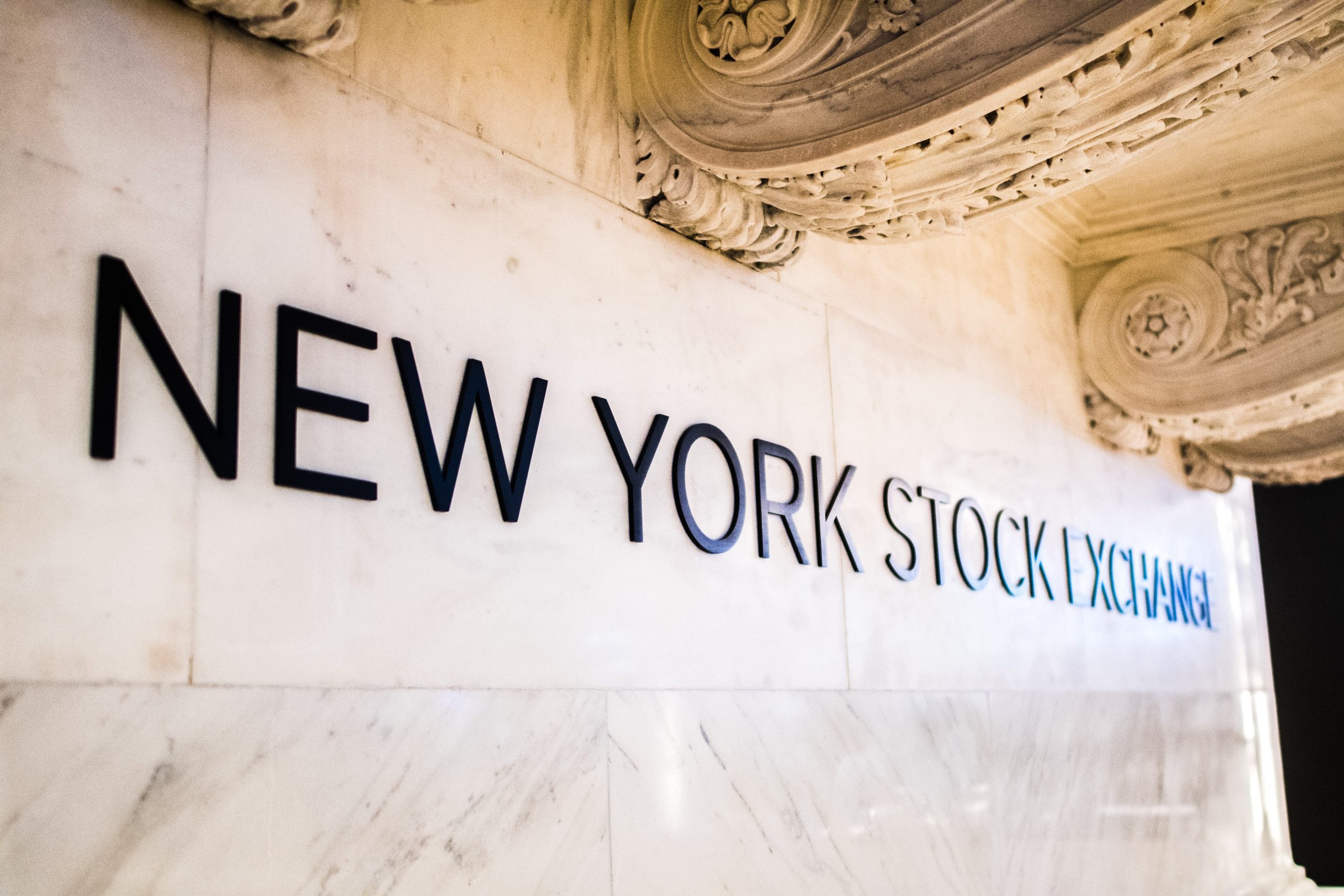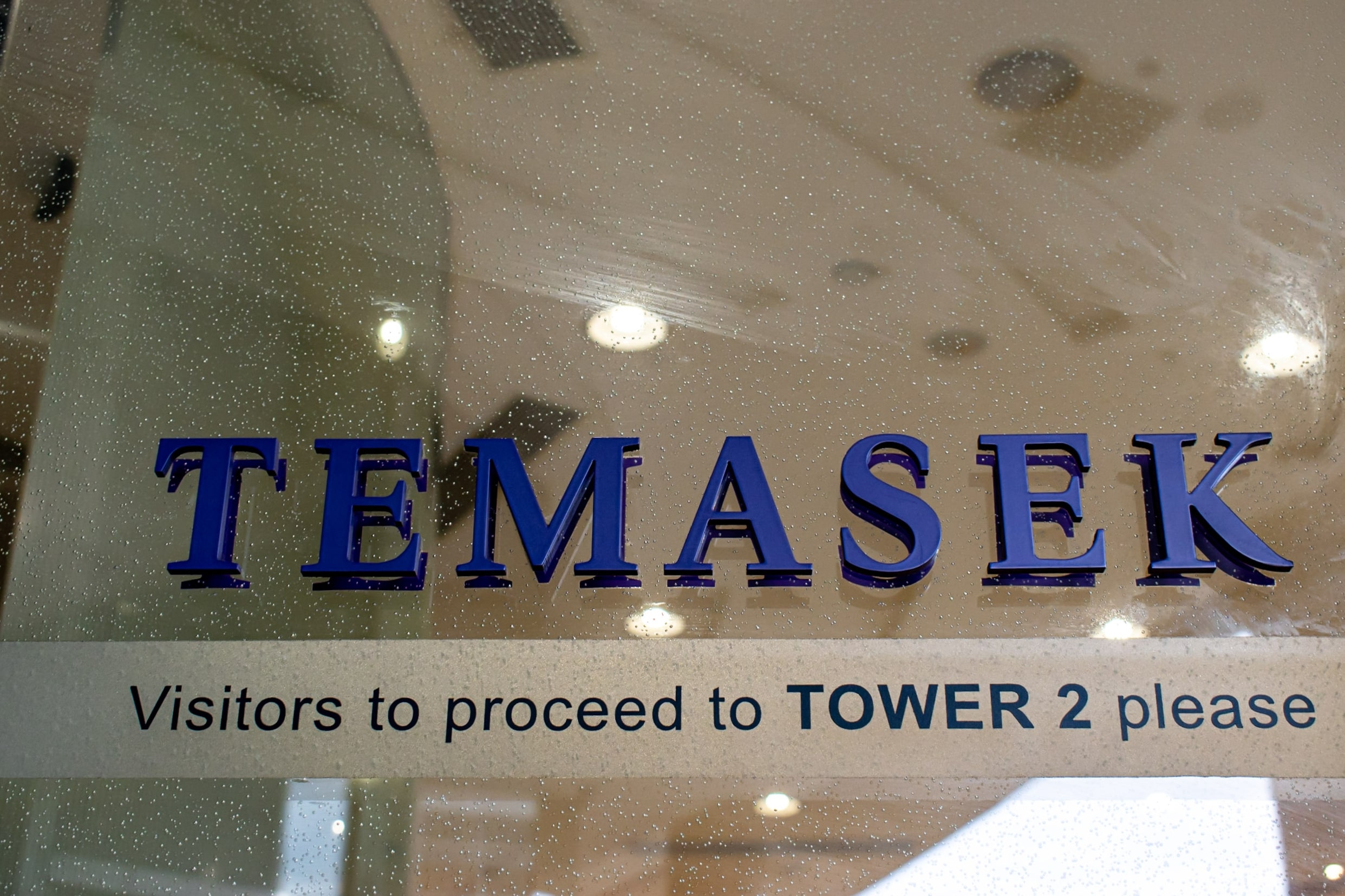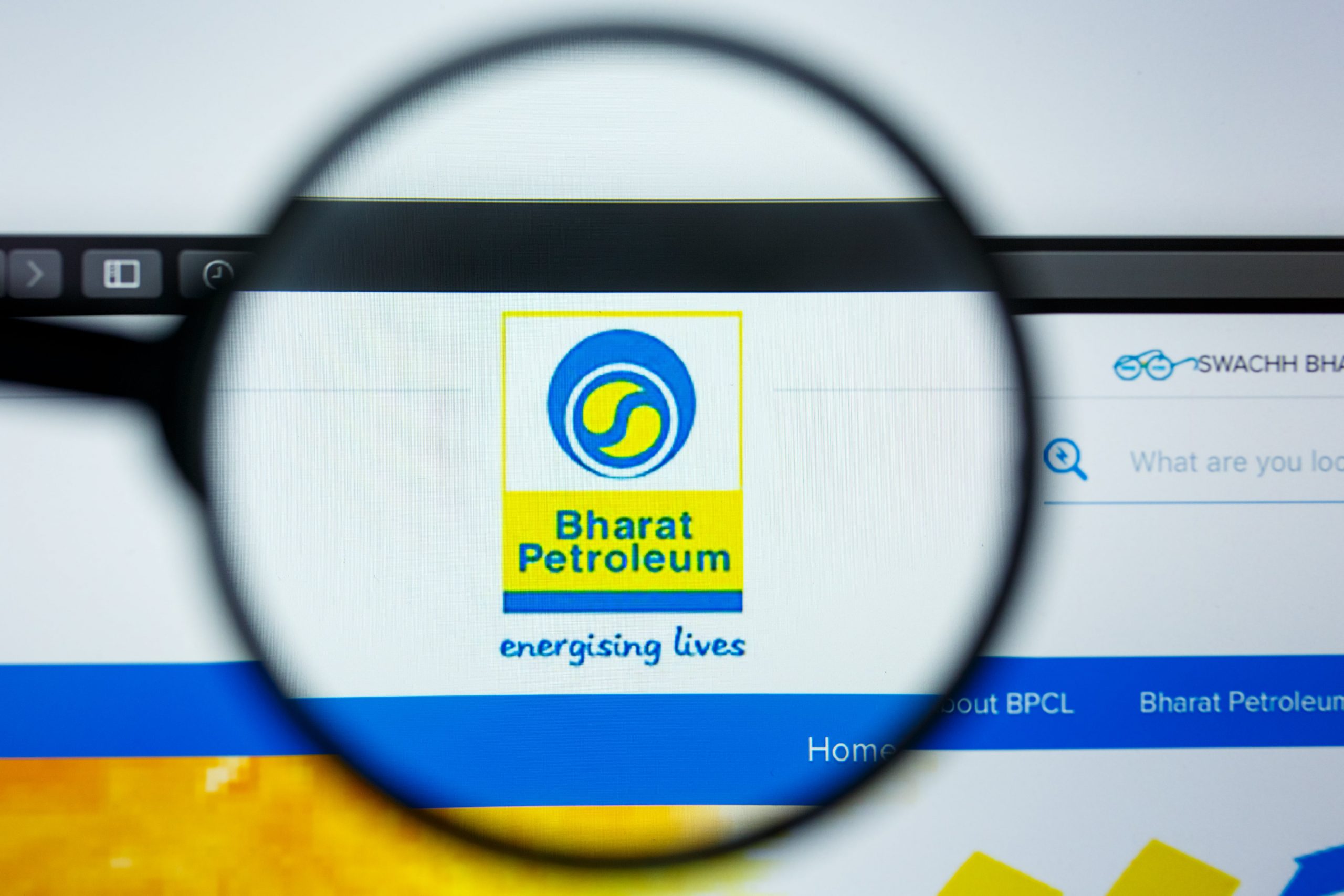This site uses cookies to provide you with a great user experience. By using BondbloX, you accept our use of cookies.
Bond Market News
16 New $ Deals Today, Vedanta $ Bonds Rally; NYSE Scraps Chinese Telcos Delisting; R&F $ Bonds Rally After $10bn Asset Pledge
January 5, 2021


US equities ended lower with the S&P and Nasdaq falling 1.5%. Polls of Georgia’s Senate runoff showed two Democratic candidates with chances of winning their respective races – this could give Joe Biden control of the Senate and might lead to higher corporate taxes and regulations. Meanwhile the UK’s FTSE rallied 1.7% even as the nation went into a level 5 lockdown. US 10Y Treasury yields were steady at 0.91%. US IG CDS spreads were 2.6bp wider and HY was 11bp wider. EU main and crossover CDS spreads widened 0.8bp and 9.7bp respectively. Asia ex-Japan CDS spreads tightened 0.9bp and Asian equities have opened ~0.2% higher. It has been a busy morning for the Asian primary markets with 16 new dollar bonds launched including Indonesia sovereign, Standard Chartered, NAB, Macquarie and eight Chinese real estate developers.
Bond Traders’ Masterclass – Avail 30% on a Bundle Ticket of 5 Sessions
BondEvalue is conducting a Bond Traders’ Masterclass across five sessions specially curated for private bond investors and wealth managers to develop a strong fundamental understanding of bonds. The sessions will be conducted by debt capital market bankers who have previously worked at premier global banks such as Credit Suisse, Citi and Standard Chartered. Click on the image below to register.
New Bond Issues
- Indonesia $ 10Y/30Y/50Y at 2.35%/3.55%/3.85% area
- Standard Chartered PerpNC10 at 5.5% area
- NAB $ 20yr tier 2 @ T+ 125bp area
- Macquarie Group $ 6NC5 @ T+ 135bp area
- CDB HK Branch $ 3Y/2Y at T+85bp/0.95% area
- Sinopec $ 5Y/10Y/30Y Yankee at T+145bp/T+170bp/T+180bp area
- Hyundai Capital America $ 3/5/7yr @ T+95/120/140bp area
- PCCW’s CAS Holding $ PerpNC5.5 at 4.25% area
- CIFI $ 6.25NC4 at 5% area
- Country Garden $ 5.5/10Y at T5+285bp/T10+290bp area
- Road King Infrastructure $ 5NC3 at 5.625% area
- Sichuan Languang Development 364-day at 9.3% area
- Yango Group 364-day at 5.75% area
- Studio City Finance $ 8NC3 at 5.25% area
- Modern Land (China) $ 2.25Y green bond at 11% area
- Zhongliang Holdings $ 200 mn tap 9.5% 2022 @ 9.125% area

Mexico raised $3bn via a 50Y Formosa bond at a yield of 3.75%, 40bp inside initial guidance of 4.15%. The bonds received orders over $10bn, ~3.33x issue size. The bonds will be listed in Luxembourg and Taiwan. The transaction covered 35% of the foreign currency funding requirements for Mexico’s 2021 budget, the deputy finance minister said.
Sumitomo Mitsui Financial Group (SMFG) raised $2.5bn via a four part multi-trancher that included a 3Y green bond and three other conventional bonds. The bonds have expected ratings of A1/A- and proceeds will be used to extend unsecured loans to subsidiary SMBC, intended to qualify as internal total loss absorbing capacity (TLAC). SMBC will use the proceeds of the loans for general corporate purposes as well as to finance existing and future qualifying environmentally related projects. The details of the offering are as follows: 
Powerlong raised $100mn via a tap of their 5.95% 2025s at a yield of 5.25%, 50bp inside initial guidance of 5.75% area. The bonds have expected ratings of B2/B and received orders over $2.25bn, over 22x issue size. Proceeds will be used for offshore debt refinancing. The tap was priced 11bp inside their initially issued 2025s, which currently yield 5.36%.
Zhenro Properties raised $400mn via a 5Y non-call 3Y (5NC3) green bond at a yield of 6.63%, 48bp inside initial guidance of 7.15% area. The bonds have expected ratings of B2/B+ and received orders over $5bn, 12.5x issue size. Proceeds will be used for debt refinancing in accordance with the issuer’s green bond framework.
Yuzhou Group raised $562mn via a 6Y non-call 4Y (6NC4) green bond at a yield of 6.35%, 55bp inside initial guidance of 6.9% area. The bonds have expected ratings of B1/BB- and received orders over $5bn, 8.9x issue size. Proceeds will be used primarily for offshore debt refinancing.
Shimao Group raised $872mn via a 10Y non-call 5Y (10NC5) bond at a yield of 3.45%, 45bp inside initial guidance of 3.9%. The bonds have expected ratings of BBB- and received orders over $5.7bn, ~6.5x issue size. Asia took 93% of the issue while EMEA took 7%. Proceeds will be used to refinance offshore medium to long-term debt due within one year.
New Bond Pipeline
- Shriram Transport Finance $ 144a/Reg S bond
- Zhongsheng $ bond
Rating Changes
- Husky Energy Inc. Ratings Lowered To ‘BBB-‘ From ‘BBB’ By S&P On Completion Of Its Combination With Cenovus Energy
- Cenovus Energy Inc. Outlook Revised To Stable From Negative By S&P On Completion Of Merger With Husky; ‘BBB-‘ Rating Affirmed
- Moody’s downgrades Husky to Baa3; outlook negative
- Moody’s upgrades Cenovus to Baa3; outlook negative
- Fitch Affirms NVIDIA’s ‘A’/’F1’ Ratings; Withdraws Ratings
2020 Bond Market Round Up – Singapore
As mentioned in yesterday’s Bond Market Daily, we will be summarizing the largest deals and best/worst performing bonds in 2020 for certain regions/sectors over the next few days. Today’s focus is on Singapore.
Among the best performing bonds, state-owned corporates Land Transport Authority (LTA), Temasek, Singtel, Housing Development Board (HDB) led the pack. Among the worst performing, real estate developers dominated the list with names such as First REIT, Hotel Properties, Frasers Hospitality (FH) REIT, Oxley, Lippo Malls and Fragrance Group.

Among the largest deals from Singapore-based issuers, local lenders DBS Bank, OCBC and UOB and state-owned Temasek and HDB led the pack. In terms of return since issuance, insurance company NTUC Income, China state-backed aircraft leasing company BOC Aviation, and port operator PSA International led the charts with returns exceeding 6%.

In case you missed it, we summarized the bond market in terms of best/worst performing bonds, largest deals and issuance volume for global and Asian dollar bonds in 2020. You can read the full report via the button below:
NYSE Scraps Delisting Plans of Chinese Telecom Companies
The New York Stock Exchange (NYSE) scrapped plans of delisting China’s three biggest state-owned telecom players in a reversal of a plan that could have worsened US-China relations. The change came after NYSE said it would remove shares of China Mobile, China Telecom and China Unicom Hong Kong Ltd. to comply with a US executive order on new year’s eve. The Executive Order 13959 (the “Order”), which was signed on November 12, 2020 was to prohibit trading by companies under Chinese military control from Jan 11, 2021. The Department of Defence had released the list of “Communist Chinese military companies” last year to counter the People’s Republic of China’s (PRC) Military-Civil Fusion development strategy. Shares of the above telecom companies rallied more than 6% after the latest turn of events by the NYSE. This move could possibly lead to an uptick in dollar bond prices of other state-owned companies on the list such as CNOOC and ChemChina that had fallen after being included in the list.
For the full story, click here
Vedanta Dollar Bonds Rally On Private Debt Sale
Vedanta Resources Ltd (VRL) dollar bonds rallied as the mining major announced that it has raised $1.4bn in privately issued debt to retire previous debt and sold notes partly backed by shares in its subsidiary Vedanta Ltd worth $1bn to Citicorp International Ltd and $400mn to an entity backed by Oaktree Capital Group. Vedanta’s 6.125% 2024s led the gains, up 10.3% to 78.8 while their 9.25% 2026s and 8% 2023s were up over 8.5% to 80.8 and 89.4 respectively.

For the full story, click here
R&F Properties Pledges Stake To Avoid Breaching Three Red Lines
Guangzhou R&F Properties pledged shares in three companies with combined assets of $10bn to Guangzhou City Construction Investment Group according to a Fang.com report. The pledges comprise 25% of Sheungjin Real Estate Development, 50% of Guangzhou Fujing Jishan Real Estate Development with a CNY 20.6bn ($3.18bn) project at Jishan Village in Tianhe, and 100% of Tianli Construction. The stake sales were done as a measure to limit debt exposure and not breach the three red-lines drawn by the authorities in China. The three-red lines requires that the debt-to-assets ratio does not exceed 70%, net debt-to-equity ratio is capped at 100% and short-term borrowings should not exceed cash reserves. R&F’s debt-to-assets currently stands at 48%, net debt-to-equity ratio at 218%, and short-term-debt-to-cash at 2.65x as per Bloomberg data. “Local governments may have the incentive to provide indirect support to large developers that are important to the local economy, by coordinating with banks and, involving other private-sector participants to give them some financial breathing space”, said Adrian Cheng, Fitch’s senior director of APAC Corporates.
Easy Tactic, whose guarantor is R&F Properties saw its 8.125% 2024s and 8.625% 2024s rally over 4% yesterday to 89.8 and 92.4 respectively.
For the full story, click here
India EXIM Raises $1 Billion via 10Y Bond at 2.363%
Export-Import (EXIM) Bank of India raised $1bn via a 10Y bond at a yield of 2.363%, 145bp over Treasuries and 40bp inside initial guidance of T+185bp area. The bonds have expected ratings of Baa3/BBB-/BBB-. Proceeds will be used to provide funding for the following purposes:
- Export credit lines and buyer’s credit granted by EXIM to overseas governments, banks, institutions and other entities
- Loans for overseas investment and/or participation in equity of the overseas joint ventures
- Import of capital goods by export oriented units
- Concessional financing scheme
- Foreign currency loans
The bonds have a change of control put that would trigger if at any time the Government of India directly or indirectly owns less than 51% of the issued capital of the Issuer. The bonds received orders of over $3bn, 3x issue size. In terms of regional allocation, Asian investors received 55% while US and EMEA received 29% and 16% respectively. In terms of investor type allocation, fund managers received 68%, sovereign wealth funds, central banks and insurance companies collectively received 17%, banks 14% and private banks and others 1%. EXIM India issued a similar structure bond in January last year when it raised $1bn for a 10Y bond maturing in January 2030 that is currently trading at 107.58 yielding 2.31% on the secondary market.
For the full story, click here
361 Degrees’ 7.25% 2021s Jump 10% After Tender Offer Launched at Par
Chinese supplier of shoes and sports goods 361 Degrees International launched a tender offer for its $266.11mn 7.25% bonds due 2021 at par plus accrued interest. Soon after the announcement, 361’s 2021s rallied over 10% from 88.375 to 97.42 on the secondary markets. The tender offer is capped at $135mn with a deadline of January 12. This is part of the company’s commitment to actively manage its balance sheet liabilities and optimize its debt structure. 361 Degrees was downgraded by Fitch to B from B+ in September 2020 and by S&P to B- from B+ in August last year, citing concerns over the company moving cash offshore ahead of the bond’s maturity, deteriorating competitiveness and refinancing risks.
For the full story, click here
Chinese Court Asks Local Rating Agency to Pay for Local Bond Default
In an unprecedented move, China’s Hangzhou court has held local credit rating agency Dagong Global Credit Rating Co responsible for poor due diligence and has ordered it to compensate creditors of a construction company that defaulted on its local currency bonds. The court has ordered the Dagong to repay up to 10% of ~CNY 494mn ($76.65mn) of debt claims by ~400 individual bondholders of the construction company Wuyang Construction Group, which had defaulted on two onshore bonds worth ~CNY1.4bn ($216mn) in 2017 and was implicated for falsifying financial statements by China’s securities regulators. Along with Wuyang, the court has also held it’s legal representative and actual controller, underwriter, accounting and legal firms responsible for the failure of due diligence. Wuyang Construction had not disclosed the previous loan default in the bond prospectus for which Tebon Securities was the underwriter. The court ruling is significant as now underwriters and accounting firms could be made liable for a default. China is tightening its grip on corporates, credit rating agencies and underwriters after a series of defaults since November last year. The court ruling follows within a week of China’s ban on its top credit rating agency, Chengxin, for a period of three months for its AAA rating of the defaulted coal miner Yongcheng. A fixed income analyst at Nanjing Securities Co said, “This verdict should be the first of its kind in China. It substantially raises the cost of fraudulence and inadequate due diligence in the bond market,” said Yang Hao.
For the full story, click here
Term of the Day
Market Neutrality
Central banking market neutrality is a method intended to minimize potentially distortive effects of asset purchases on the functioning of the financial markets, while enabling the transmission of monetary policy stimulus to the economy. This is particularly highlighted by the ECB while making their asset purchases as part of their various quantitative easing programmes. Market neutrality is more of a doctrine and not a legal requirement. Recently, ECB President Christine Lagarde mentioned that the ECB should question market neutrality with respect to climate change and highlighted how monetary policy could be greener. In 2019, a report of Positive Money Europe demonstrated how more than 63% of the portfolio of the ECB’s Corporate Sector Purchase Programme (CSPP) was directly financing the most carbon-intensive sectors.
Talking Heads
“Our current way of doing the $120 billion of purchases every month is reasonable across a wide range of maturities; if we see that we need more accommodation we could adjust and move the current pace into a longer duration, or we could expand the pace of purchases, or, if we saw that things were going better we could change the duration as well,” Evans said. “We are going to want to have full confidence that the recovery is going to be a robust one, that we are well on our way to growth rates this year of 4% for GDP … and the unemployment rate going down to 5-ish percent,” Evans said.
On US policy to stay accommodative for ‘quite some time’ – Loretta Mester, Cleveland Fed President
“Monetary policy will need to remain highly accommodative for quite some time because achieving our monetary policy goals is likely to be a journey and not a sprint,” Mester said.
“I think yield curve control is an option worth exploring,” de Cos said. “The experience of these central banks suggests that, if sufficiently credible, yield curve control allows the central bank to achieve a yield curve configuration with a lower amount of actual purchases, hence enhancing efficiency.”
“While this is clearly welcome news to see a rapprochement of some sorts between the GCC members, this is arguably one of the less impactful geopolitical pressure points facing the region,” he said. “This will take time to convince the market that trust has been rebuilt.”
Santosh Sreenivasan, JPMorgan Chase & Co. head of equity-linked capital markets in the Americas
“This year could be in the $60 billion to $80 billion zip code, extrapolating the rate of new issuance in the fourth quarter,” he said.
Joe Wysocki, co-portfolio manager of the Calamos Convertible Fund
“Convertible bonds performed as expected when markets are roiling,” said Wysocki. “When the markets priced those company stocks as though bankruptcy was off the table, converts got that upside,” Wysocki said.
“We will see increased social and sustainability bonds from Nordic countries,” said . “We will also see more Finnish and Norwegian corporates, including high-yield, coming to the market.”
Dominic Kini, European credit strategist at HSBC
“They don’t have the same yield because green bond investors specifically want to buy green bonds and so that creates demand . . . and all else being equal, that makes the green bond slightly more expensive [for investors],” Mr Kini said.
Mike Ferguson, S&P Global Ratings’ director of sustainable finance
“I think it’s fair to say that credit quality could certainly weaken,” he added. “And if that’s the case, I think that there probably is a bit of room to see more pronounced greeniums over time.”
“2020 was a landmark year for the catastrophe bond market and for insurance-linked securities (ILS) funds and their investors,” commented Evans. “This is testament to the resilience of the ILS market and its participants, as well as the utility of catastrophe bonds as a vehicle for transferring risk to the capital markets,” Evans continued. “All the signs point to another busy year for catastrophe bonds and ILS as risk transfer structures, as sponsors increasingly look to the global capital markets as an efficient source of insurance protection,” Evans concluded.
On China’s central bank facing tricky balance to support liquidity
Chaoping Zhu, global market strategist at JPMorgan Asset Management
“The policymakers want a smooth transition from the past stimulus to a normalised policy,” said Zhu. The central bank is now trying to “stabilise the market rate to prevent a sudden dry-up of liquidity” from occurring, he added.
Dariusz Kowalczyk, an economist at Crédit Agricole
“I don’t expect a cut in official rates, but I think they will try to keep their liquidity conditions a little bit better,” he said. “The problem of leverage will be very challenging for them.”
On a $13 trillion crisis-era debt bill due for big economies
Gregory Perdon, co-chief investment officer at Arbuthnot Latham
”Government debt ratios have exploded, but I believe that the short-term worrying over a rising debt is fruitless,” said Perdon. “Debt is leverage and assuming it’s not abused, it’s one of the most successful tools for growing wealth.”
Steven Major, the global head of fixed income research at HSBC Holdings Plc
“The practical reality is that debt levels and rates are linked, because most of the developed world cannot afford higher interest rates,” said Major.
Top Gainers & Losers – 5-Jan-21*

Go back to Latest bond Market News
Related Posts:









